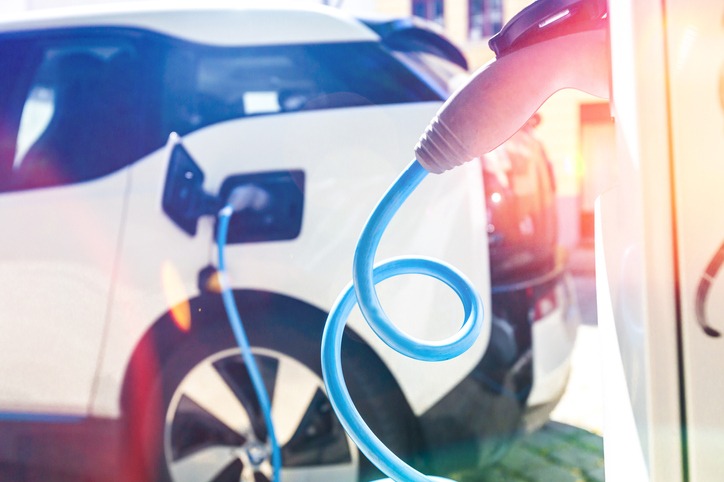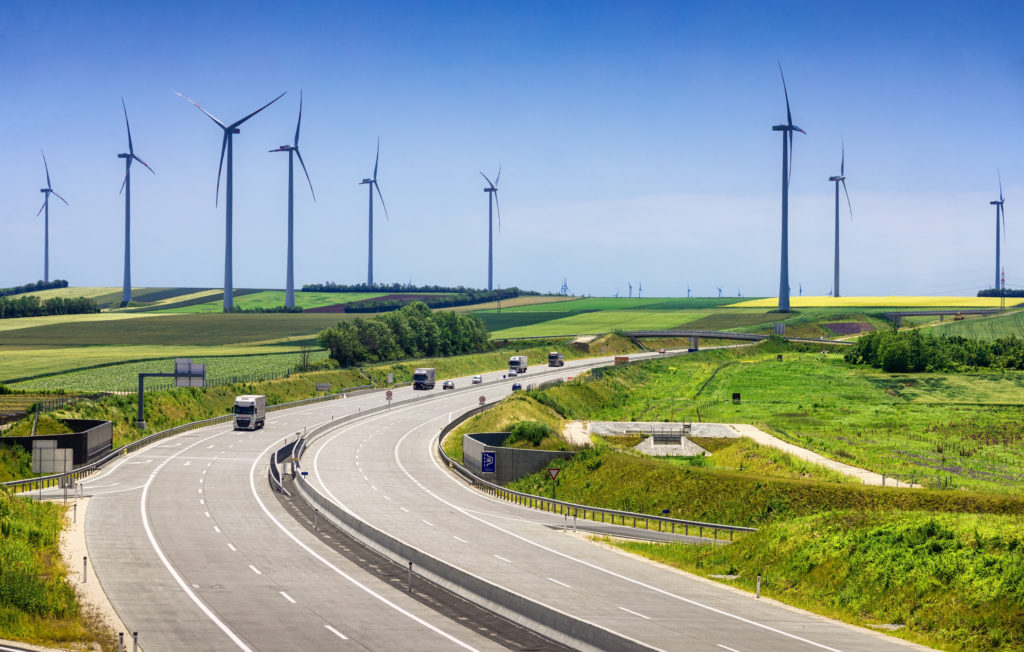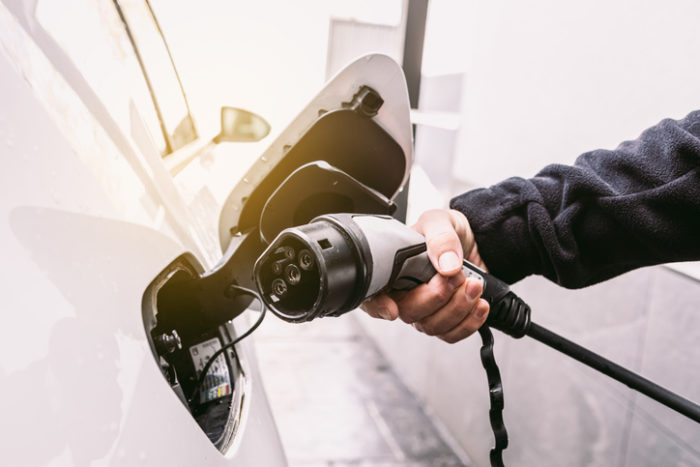Significant decline in petrol and diesel as electrified options advance
09 May 2022

The gap between internal-combustion engines (ICE) and electric cars continues to narrow, as the latest European vehicle figures show an increase of interest in hybrid-electric vehicles (HEVs).
As the diesel market continues to decline, drivers are starting to shift their awareness away from its ICE counterpart, petrol. Following the Dieselgate scandal and the realisation of the damage caused by particulates, many moved away from the technology, with petrol vehicles the obvious choice. Yet the increasing number of new models featuring an electric drive means consumers and businesses are now spoiled for choice when it comes to powertrain options.
The latest quarterly fuel-type figures released by the European Automobile Manufacturers Association (ACEA) show ICE variants holding a 51.5% market share, with electrified options, including HEVs, plug-in hybrids (PHEVs) and battery-electric vehicles (BEVs) taking 45.8%. Petrol remained the most popular choice overall, with 36.6% of all European registrations powered by the fuel. HEVs were the second most popular choice with 25.4% of the market, followed by diesel (14.9%), BEVs (11.8%), PHEVs (8.6%) and other fuel types (2.7%).
Electrification rapidly gaining favour
At 51.5% market share petrol and diesel vehicles are in sharp decline, contrasting with a dominant share of 88.8% in ACEA’s full-year fuel-type results in 2019. The decline has been rapid, with a 74.1% share in 2020, and 58% share in 2021.
The majority of this fall has come from the petrol vehicle market, which held a share of 58.4% in 2019, falling to 36.6% in the latest figures. Diesel vehicles, meanwhile, saw only a 15.5 percentage-point (pp) drop, although a majority of the technology’s share was wiped out prior to 2019.
PHEV registrations, meanwhile, have stalled, with the 8.6% market share a 0.3 pp decrease on 2021’s full-year figures. HEVs have grown 4.9 pp, and BEVs increased by 1.5 pp compared to last year’s numbers.
A total of 1,007,715 petrol vehicles were sold in Europe during the first three months of the year, while less than half a million (409,445) diesel vehicles took to the roads. BEVs increased by almost 125,000 compared to the first quarter of 2021, to a total of 325,285 units, while HEVs saw 700,209 registrations and PHEVs 236,991.
Year on year, registrations of new petrol cars have fallen 21.4%, while diesel vehicles again experienced a three-month decline with 34.6% fewer models taking to roads across the continent. In the same three-month period, HEVs have increased their presence by 6.3% with BEVs showing the biggest overall gain, albeit on smaller numbers, as registrations increased 60.8%.
Why are diesel vehicle sales falling?
The automotive industry is going through a very tough time at present. The COVID-19 pandemic hit financial results in 2020, while the semiconductor shortage has led to the prioritisation of models and markets by some manufacturers, with production stoppages due to the lack of chips.
The war in Ukraine is also causing problems with material and component supplies. The industry is also having to deal with political and regulatory issues. It is these that have had the biggest impact on diesel sales. In the late 2000s, governments across Europe recommended diesel vehicles as the clean alternative to CO2-producing petrol cars, and sales rose as a result. But the Dieselgate scandal in 2015 highlighted the problem with NOx particulates and led to increased taxes on diesel vehicles. With no alternative electrified models that would replicate both range and refuelling times effectively, drivers instead switched to petrol vehicles. This led the once high diesel market share into freefall.
Carmakers have also had to increase the mix of electric options within their fleets to meet strict European emissions standards and prepare for bans on ICE vehicles. Diesel, therefore, has become less of a priority for development, with some manufacturers shunning the technology altogether. This push for electrified powertrains has also given customers more options in this field, leading to an increased share of electric vehicles (EVs) in the market.
Diesel’s market share is likely to continue its downward trajectory as the year continues. In the UK registration figures, for example, the fuel type is now only the fourth most popular choice after petrol, HEVs and BEVs.
The plug-in hybrid conundrum
The only electrified vehicles to lose volume year on year were PHEVs. Registrations of these vehicles fell 6.1% in the first three months of the year. When compared to the full-year 2021 results, the market share has remained stable, just 0.3% down.
Plug-in hybrids offer the best opportunity for drivers to bridge the gap between ICE and BEVs, giving conventional petrol or diesel vehicle range while also allowing for electric-only use in built-up areas. However, they also provide drivers with a conundrum in these unstable economic times. As fuel prices rise due to geopolitical issues, drivers are instead seeking to mitigate these increased costs by going electric. The once ‘best of both worlds’ technology of a PHEV instead blends the increased fuel costs with a slightly cheaper electricity charge.
Supply issues hamper the technology too, with the semiconductor shortage meaning fewer deliveries of PHEV models. For this reason, Autovista24 forecasts that the stalling of the PHEV share may pick up later this year and in 2023 as deliveries increase, before receding in the coming years as drivers begin to favour BEVs.
The ACEA figures highlight the diversity of the automotive market and the choice both consumers and fleet buyers now have in the market. The once-dominant petrol and diesel vehicle market is no more, and it is just a question as to how soon hybrid and electric vehicles take a market-leading position.



